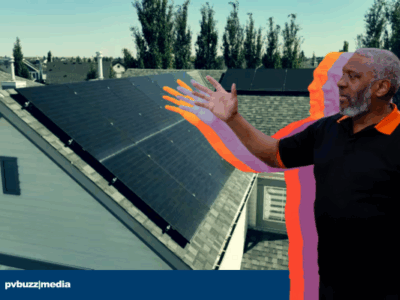On December 18, 2015, the solar industry scored a landmark victory by winning a multi-year extension of the solar investment tax credit (ITC). The three-year 30% ITC extension – plus the subsequent 2-year ramp down – will provide the solar industry with a strong, stable investment climate for years to come. Analysts estimate that solar capacity may increase by 30-50% over the next five to seven years as a result of the ITC extension.
The strong, stable investment climate created by the ITC extension serves as a bridge to the Clean Power Plan, provides job security to the industry’s 200,000+ employees (and counting), allows for solar to prosper in new markets, and will improve the health of our planet. A sustained solar boom is a boon for our economy and our environment; but what does the expected growth in installations mean for the nation’s top solar renewable energy credit (SREC) markets?
Let’s Back up. What Creates an SREC Market?
SREC markets are driven by three factors:
– Supply of solar, which means the amount of solar installations in a given state
– Demand for solar, which is driven by each state’s renewable portfolio standard (RPS) and solar carve-out
– The alternative compliance payment (ACP), or the penalty an electricity supplier must pay if they do not procure enough SRECs or build enough solar to comply with the RPS. In many ways, this acts as a price ceiling in the market.
Will Market Conditions Change in All SREC States?
The ITC extension is affecting some SREC markets more than others. With or without a 30% ITC, each market still has its own unique issues. In DC, solar will still be challenging to build given land constraints. Pennsylvania and Ohio, due to the ability to apply SRECs from adjacent states towards state compliance, have long been oversupplied. This has especially been felt in Ohio after Governor Kasich froze the RPS in 2012, triggering price declines in all bordering states, and even Virginia.
In the Northeast, analysts have long expected that Massachusetts, the nation’s #6 solar market (#3 in Q3 2015), would hit its cap for SREC II this year, with or without an ITC extension. As we reported earlier, that could happen as soon as this week. Last, New Jersey. After serving as the poster child for SREC market volatility, New Jersey has been facing its own comeback, which we suspect to sustain itself for the next several years.
But what about Maryland?
The Biggest Question Market: Maryland
With the increase in supply made possible by the ITC extension, Maryland is the market that may experience the most downward pressure. Recently, prices have dipped from $160/SREC to $120/SREC, with further declines expected as costs continue to come down and utility-scale projects become easier to build, such as Great Bay, the 75MW project expected to hit the market in the next 12 months.
On top of that, the solar requirement within the Renewable Portfolio Standard (RPS) is stagnant at 2% beginning in 2020 as the SREC market effectively begins to merge with the Tier 1 REC market. Depending on what percentage of PJM pipeline you view as likely to go online, and what the effect on residential uptake will be as REC prices decline, this combination could result in ample supply until 2020 and oversupply thereafter.
Reference:
This article has been published by the PVbuzz team from the original article written by Sara Rafalson and published on SOLsystems.












Comments